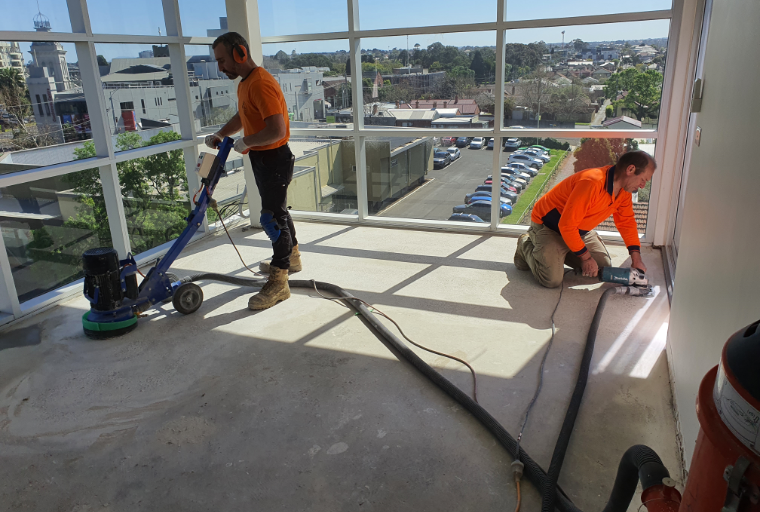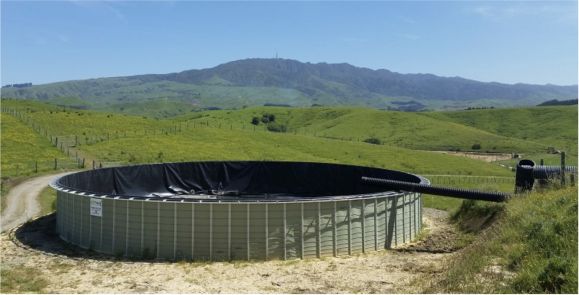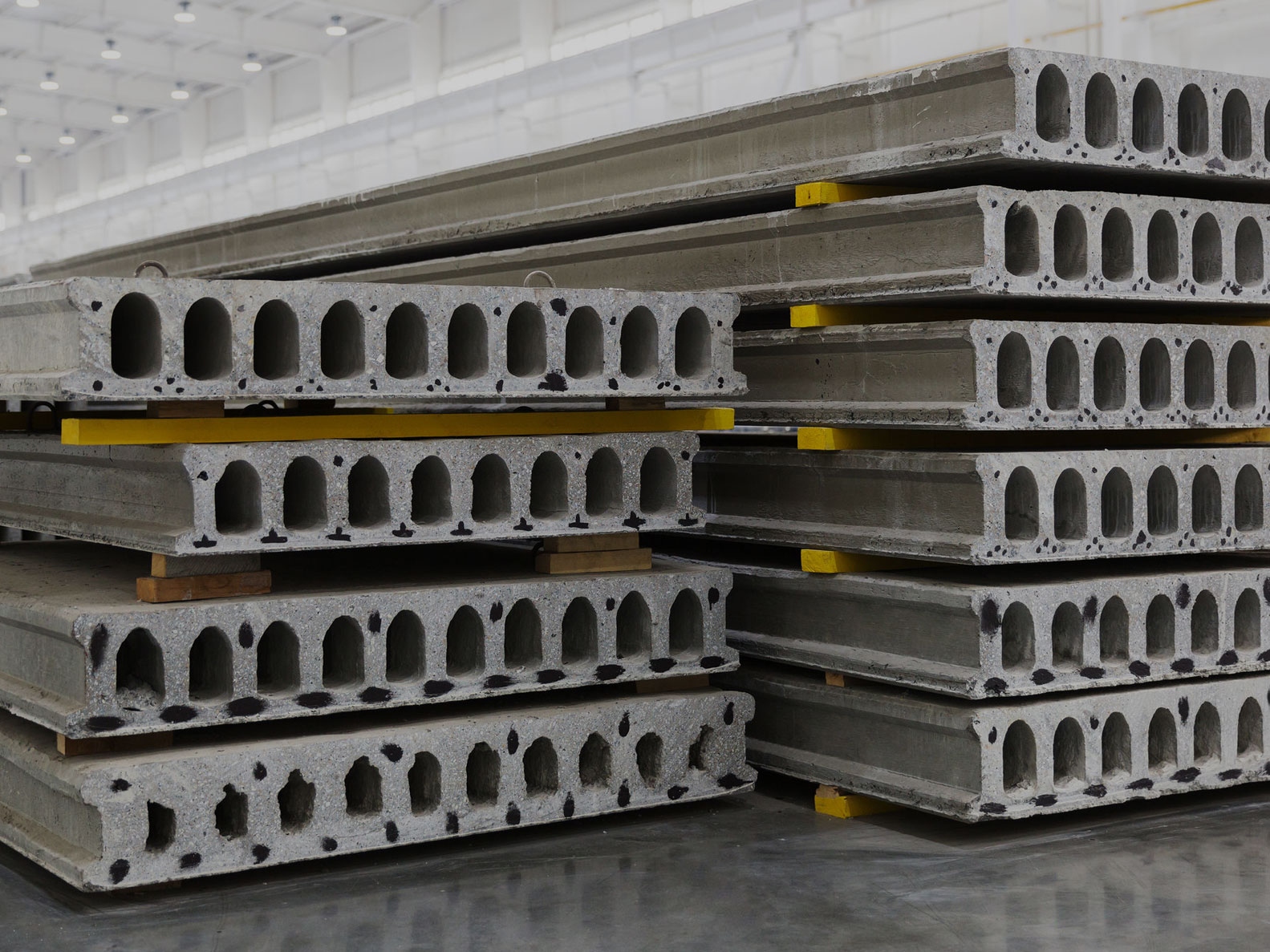The Ultimate Guide to Gas Tankless Water Heaters: Choosing Between Propane and Natural Gas

Gas tankless water heaters are becoming increasingly popular due to their energy efficiency, space-saving design, and endless hot water supply. If you're considering making the switch to a gas tankless water heater, you'll need to decide between propane and natural gas options.
If you want to buy a gas tankless water heater on a budget then you may navigate to this website. In this ultimate guide, we'll walk you through the key considerations to help you make an informed decision.
Propane vs. Natural Gas: What's the Difference?
Propane:
- Propane is a byproduct of natural gas processing and petroleum refining.
- It is stored in tanks on the property and delivered by truck.
- Propane is a more energy-dense fuel, meaning it can heat water faster than natural gas.
Natural Gas:
- Natural gas is a fossil fuel extracted from deep underground reservoirs.
- It is delivered through pipelines and does not require storage tanks on the property.
- Natural gas is generally more affordable than propane but may not be available in all areas.
Key Considerations for Choosing Between Propane and Natural Gas
Availability:
- Check with your utility company to see if natural gas is available in your area.
- If natural gas is not an option, propane may be the best choice for your gas tankless water heater.
Cost:
- Compare the cost of propane and natural gas in your area to determine which option is more affordable in the long run.
- Consider the cost of installation and maintenance for both types of gas tankless water heaters.
Energy Efficiency:
- Both propane and natural gas tankless water heaters are more energy-efficient than traditional tank water heaters.
- Propane tankless water heaters may be slightly more energy-efficient due to the higher energy density of propane.
Heating Capacity:
- Consider the heating capacity of the gas tankless water heater to ensure it can meet the hot water demands of your household.
- Propane tankless water heaters typically have a higher heating capacity than natural gas models.
Installation and Maintenance
Installation:
- It is essential to hire a professional plumber or HVAC technician to install your gas tankless water heater safely and correctly.
- Make sure the installation complies with local building codes and regulations.
Maintenance:
- Gas tankless water heaters require regular maintenance to ensure optimal performance and longevity.
- Flush the system periodically to remove mineral deposits and debris that can affect efficiency.
Benefits of Gas Tankless Water Heaters
- Energy Efficiency: Gas tankless water heaters only heat water when needed, reducing energy waste.
- Space-Saving Design: Tankless water heaters are compact and can be installed on walls, saving valuable floor space.
- Endless Hot Water Supply: Enjoy a continuous supply of hot water without the need to wait for a storage tank to refill.
- Longevity: Gas tankless water heaters have a longer lifespan than traditional tank water heaters.
Conclusion
Choosing between propane and natural gas for your gas tankless water heater depends on various factors such as availability, cost, energy efficiency, and heating capacity. Consider your specific needs and consult with a professional to determine the best option for your home. With the right choice, you can enjoy the benefits of a gas tankless water heater for years to come.








